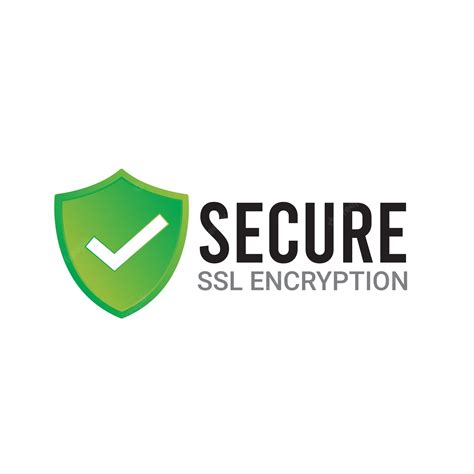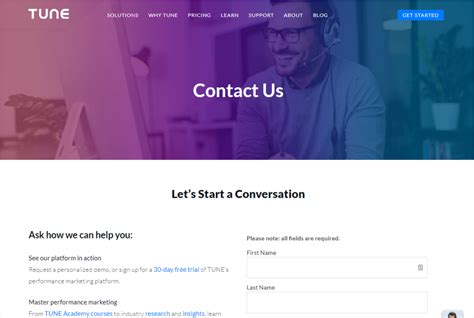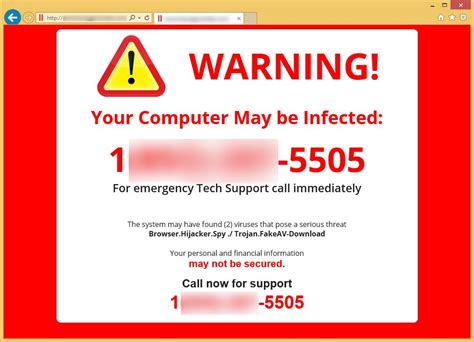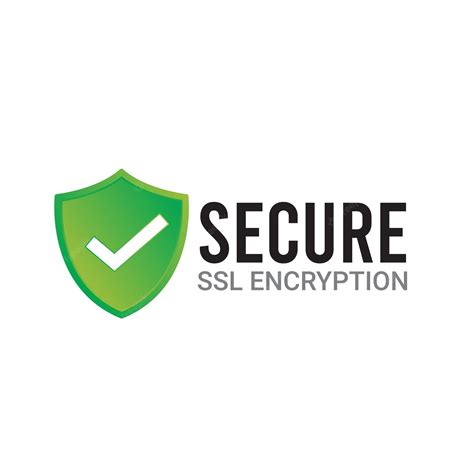How to Identify Fraudulent Websites: A Comprehensive Guide
1. What are the Key Signs of a Fraudulent Website?
Identifying a fraudulent website can be challenging, as scams often appear credible. However, several indicators can help you recognize a suspicious site.
- Domain Age: Websites created recently may be scams. Use tools like Whois Lookup to check domain age.
- URL Structure: Look for strange or misspelled URLs. A fraudulent site might replace letters with similar-looking numbers, e.g., “amaz0n.com” instead of “amazon.com”.
- HTTPS vs. HTTP: Reputable sites generally use HTTPS. While HTTPS doesn’t guarantee legitimacy, HTTP sites should be a red flag.
For example, a legitimate e-commerce site should have a proper URL structure, SSL certification, and contact information that’s easy to verify.

2. How Does Website Design and Content Quality Indicate Fraud?
A poorly designed website can indicate a lack of authenticity. Scammers usually don’t invest in professional design or high-quality content.
- Low-Resolution Images: Fraudulent websites often use blurry or stock images without any clear theme.
- Spelling and Grammar Errors: Many scams are quickly assembled and may have grammatical issues throughout.
Consider evaluating a site’s layout, visuals, and content consistency to gauge credibility.
3. Can Payment Methods Help Detect a Fake Website?
Payment options on a website can reveal a lot about its authenticity.
- Unusual Payment Methods: Legitimate sites accept standard payment options, such as credit cards or PayPal. Sites that insist on wire transfers or cryptocurrency could be scams.
Another red flag is a site that redirects you to an unrelated third-party payment processor with no prior notice.
4. Why is Contact Information Important in Verifying Website Legitimacy?
Fraudulent websites often lack adequate contact information. A legitimate business should offer ways to reach them, whether through phone, email, or address.
Check if the provided phone number or address matches the company’s claimed location, and verify the email addresses.

5. How Can User Reviews Help in Identifying Fraudulent Websites?
User reviews provide insights from previous buyers and can help you gauge site reliability. Trusted review sites like Trustpilot and Sitejabber offer ratings and experiences.
Look for patterns in reviews; consistent complaints about non-delivery or poor customer service are red flags.
6. What Role Does Website Policy Transparency Play in Establishing Authenticity?
Legitimate websites provide clear policies, including return policies, privacy statements, and terms of service.
- Clear Refund Policies: A genuine site should outline its refund process. Scammers often avoid mentioning refunds.
Policy transparency shows professionalism and consideration for customers, traits typically lacking in fraudulent sites.
7. Why Should Social Media Presence Be Checked?
Many legitimate companies have a social media presence. Checking platforms like Facebook, Instagram, or Twitter can reveal if a brand is active and engaged.
Look for signs of authenticity, such as regular updates and user interactions. Fraudulent websites may lack consistent social media content or have fake followers.
8. Are Suspicious Pop-ups and Ads Signs of a Scam?
Excessive pop-ups, especially those promoting urgent deals or asking for personal information, may indicate a scam.
- Survey Requests: Fake sites often bombard users with surveys asking for private data.

9. Can Analyzing the Site’s Traffic or Ranking Help?
Using tools like Alexa Rank or SimilarWeb can show a website’s popularity and traffic sources.
Websites with unusually low traffic might be suspicious, especially if they claim to be well-known brands.
10. How Can I Report a Fraudulent Website?
Reporting fraudulent websites helps prevent others from falling victim. You can report scams to organizations like the Federal Trade Commission (FTC) or Google’s Safe Browsing.
Reporting websites can assist authorities in taking them down, protecting other potential victims.

Summary Table
| Criteria | Details |
|---|---|
| Domain Age | New domains may indicate scams; check with Whois. |
| URL Structure | Strange or misspelled URLs suggest a scam. |
| Payment Methods | Unusual payment options (wire transfers, crypto) are suspicious. |
| Contact Information | Lack of contact info is a red flag; verify the provided information. |
Frequently Asked Questions
- How can I identify if a website is fraudulent?
- What are common design flaws in scam websites?
- Why is HTTPS essential in verifying site authenticity?
- How do user reviews help detect scams?
- What should I know about a site’s social media presence?
- What role do website policies play in trustworthiness?
- How can I report a suspected fraudulent website?



